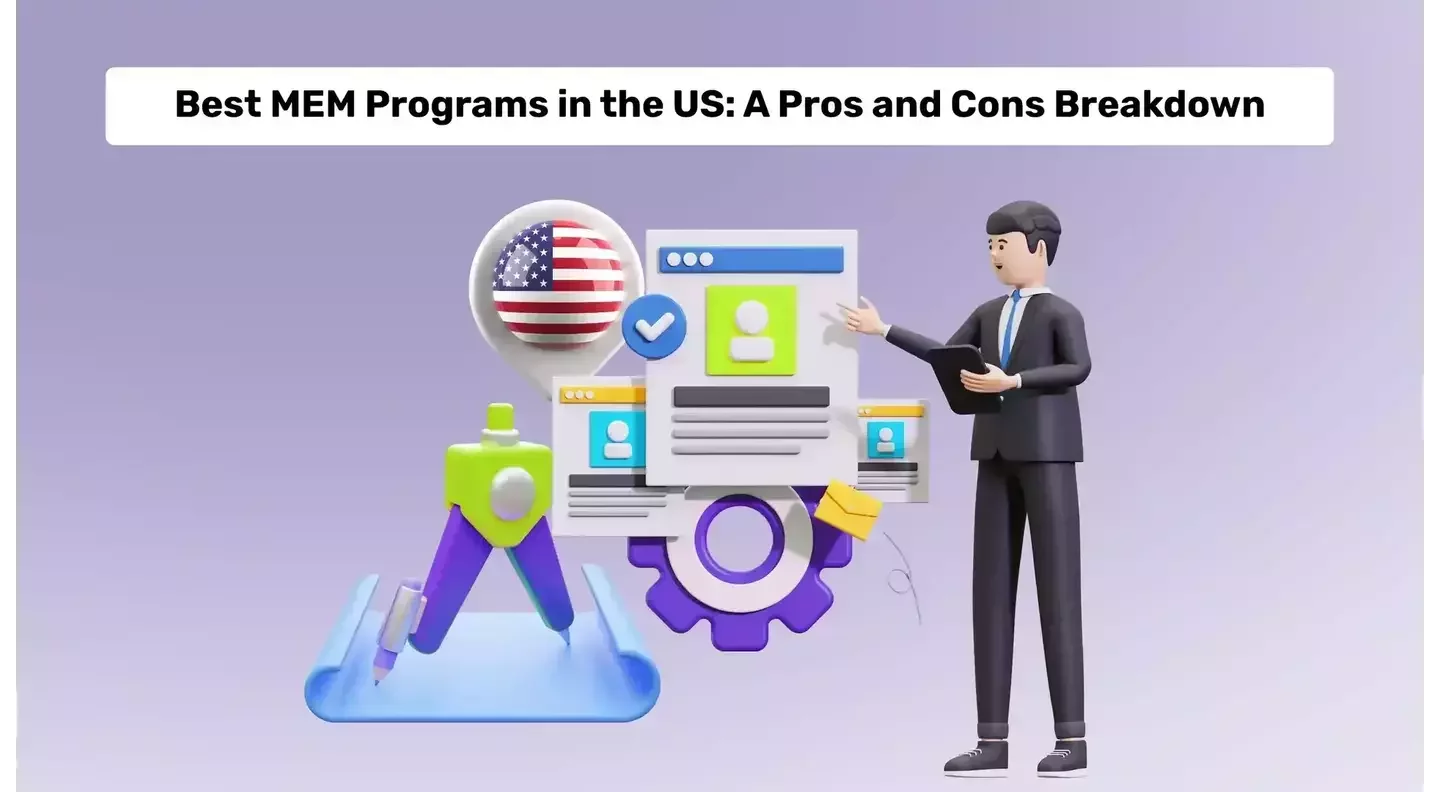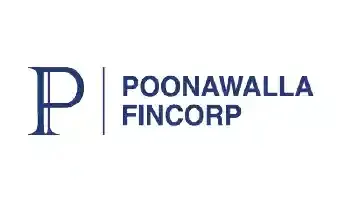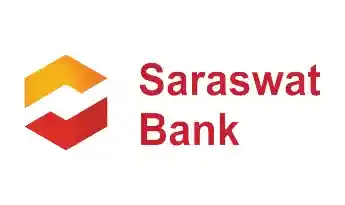Get instant loan offer suitable to your profile !


On this Page:
Compare the pros and cons of top US universities offering MEM programs—Cornell, Duke, Columbia, and more—to find the best fit for your career goals.
Master’s in Engineering Management (MEM) programs in the US offer a blend of technical and managerial skills, ideal for engineers looking to transition into leadership roles. But every university offers a different experience. This guide explores the pros and cons of top MEM programs in the US, from Ivy Leagues like Cornell and Dartmouth to strong industry-connected schools like Duke and USC.

Cornell’s MEM program is praised for its small class size, strong faculty, and practical learning experience. With a balanced split between core and elective courses (5 each), students enjoy flexibility and depth. The 9-month course duration means you can return to the workforce quickly, and Ivy League prestige further boosts your resume. Networking opportunities are strong, and the program’s reputation is expected to grow significantly in the coming years.
There’s no built-in internship, and extending your stay for one involves additional fees. The course is rigorous and fast-paced. Additionally, Ithaca’s remote location can limit exposure to industry events, and being a relatively new program, it’s still gaining traction in the job market.
Not sure if your profile fits a top MEM program? Try GyanDhan’s Admit Predictor to get instant results and shortlist universities!

Duke delivers one of the best college experiences for MEM students. The curriculum is flexible—you can take 8 to 15 courses over three semesters without extra tuition. The focus on networking and extracurriculars is unmatched. Its tight-knit alumni network is a huge asset, and Durham’s urban setting adds to the appeal. Internship opportunities are relatively better due to proximity to Research Triangle Park. You can also opt for a 15-month version with internship, or a quicker 9-month path.
The batch size is large (~120), leading to increased competition. Some students report that the program feels saturated with Indian students, affecting diversity. Lastly, Duke lacks Ivy status—for students who prioritize that.

Dartmouth is considered to have the strongest learning experience among MEM programs. The curriculum is robust, allowing 14–18 courses, including electives from the prestigious Tuck School of Business. There’s no GPA system—just pass/fail (minimum 75%). Most students secure TA/RA or grading jobs, and financial aid is available. The Ivy League brand and strong placement record in product management roles make it stand out.
The course is extremely rigorous—expect minimal free time. Cost of living in Hanover is high, and the town itself is fairly isolated, limiting city-life perks.

Northwestern’s MEM offers electives from the renowned Kellogg School of Management, and international students often opt for the 15-month format to include internships. Job roles after graduation often lean toward product or program management. Evanston is safe and peaceful, and Chicago is a short drive away.
Students report a chaotic core curriculum with irrelevant content and disengaged teaching. Sharing classes with part-time professionals dilutes the classroom experience and collaboration. Many group projects are remote due to working peers. Also, Evanston is expensive, and Chicago has safety concerns—especially in certain areas.

UIUC’s MSTM program offers great branding and is ideal for consulting roles. All Big Four firms have offices on campus. It ranks well nationally and offers a low cost of living. The only downside is the short course duration, which limits internship time.
NEU’s co-op structure gives students real-world experience early in the program. Located in Boston, it offers good exposure and safety. However, its ranking is lower, the class size is huge, and it’s harder to break into core roles.

Being in New York City, NYU offers strong networking opportunities. The course structure is relaxed, giving students time to explore jobs and build connections. Students can take business electives from Stern, and an internship is part of the curriculum.
Tandon is still establishing its reputation, and the curriculum is seen as shallow compared to Stern or Courant. Living costs in NYC add to the financial burden.

USC offers a balanced MEM experience with a small class size (30–40), excellent faculty, and flexibility to finish in 1.5–2 years. The location in LA is ideal for job hunting, and the Trojan alumni network is extremely helpful. Students can explore electives outside the technical track and even take business courses.
Internships are not mandatory—students must seek them independently. The cost of living in LA is high, and California’s earthquake risk is a minor concern.

UCI boasts a prime tech hub location, offering strong job prospects. The tiny class size (~13) allows focused attention. The program is only 9 months, so students can quickly re-enter the workforce.
The short duration also makes it rigorous, and there’s no internship. Cost of living is high, and the small batch may lead to a limited peer network.

The Operations Consulting course connects students with real US companies from Week 1. It’s quant-heavy, which is attractive to recruiters. The program spans 1.5 years, giving time for internships. Columbia’s location in NYC, Ivy League status, and strong placement record add to its appeal.
The program is intense and highly quantitative, which may not suit students looking for a more traditional MEM experience. It's also among the more expensive options.

Purdue offers one of the most affordable MEM programs, with tuition under $43K and low living costs. Most students get co-op opportunities by the second semester. The small batch (~50) ensures focused learning, and graduates do well in industrial, mechanical, and supply chain roles.
The program is technical-heavy, not ideal for those seeking a balanced MEM. Career support in management roles is limited, and there are no TA/RA options available.

JHU’s technical tracks and diverse electives stand out. The immersion program receives strong praise, and faculty are known to be approachable. Located close to Washington D.C. and NYC, JHU also offers diversity with few Indian students—a plus for those seeking a more global mix.
There’s limited career support compared to peer schools like Duke. Also, JHU’s business and engineering schools are not as renowned in the MEM space as some competitors.
Still confused about where to pursue your higher education abroad? Watch our side-by-side comparison video to help you choose between the US and Canada based on job prospects, tuition, ROI, and more.

Choosing the right MEM program is more than just picking a name brand. You have to weigh curriculum structure, internship opportunities, faculty support, and long-term job outcomes.
While academics and career outcomes play a huge role, don’t forget to evaluate financial feasibility early on. GyanDhan helps students explore and apply for education loans, tailored specifically for MEM programs in India and abroad.
Use our loan eligibility tool to check your loan options and plan your MEM journey with confidence.

Most MEM programs in the US range from 9 to 18 months. Some, like Cornell, offer a 9-month fast-track option, while others like Duke allow flexibility up to 15 months to accommodate internships.
Work experience isn’t mandatory for all programs, but having 1–2 years of experience can strengthen your application—especially for programs with strong management components like Dartmouth or JHU.
Not always. Some programs (like NYU, Duke 15-month, Columbia) have built-in internships or allow extensions for internships. Others, like Cornell and UCI, may require paying extra or don’t include one by default.
Programs like USC, Columbia, and Purdue are great if you're looking to move into product management or tech strategy roles, thanks to their technical flexibility and industry exposure.
Yes. GyanDhan offers education loans tailored for MEM programs, both domestic and international. Use the loan eligibility tool to check how much you can borrow.
Check Your Education Loan Eligibility

Ask from a community of 10K+ peers, alumni and experts
Trending Blogs
Similar Blogs

Network with a community of curious students, just like you
Join our community to make connections, find answers and future roommates.. Join our CommunityCountry-Wise Loans
Best Lenders for Education Loan

ICICI Bank

Axis Bank

Union Bank

Prodigy

Auxilo

Credila

IDFC

InCred

MPower

Avanse

SBI

BOB

Poonawalla

Saraswat